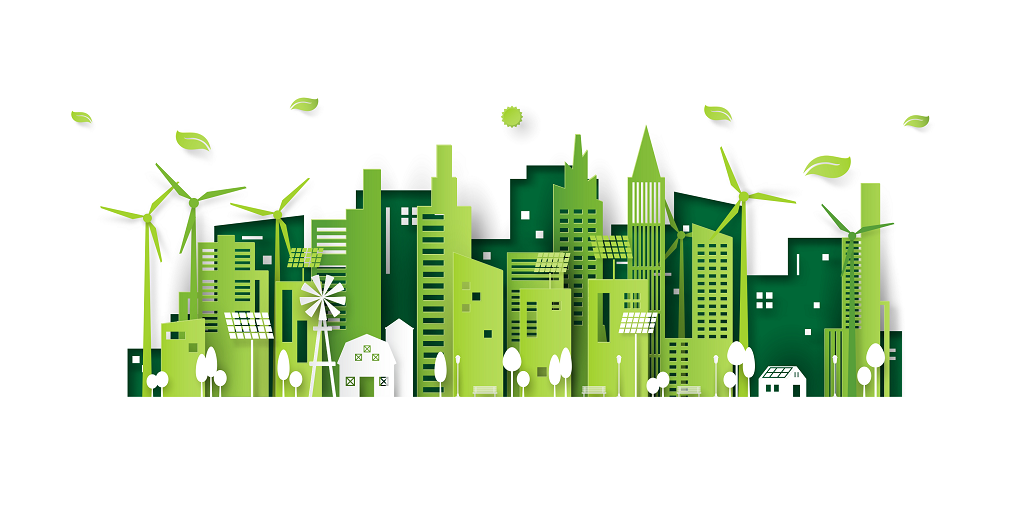Unpacking a Power Purchase Agreement
Nestlé successfully transitioned all its Australian sites to 100% renewable energy. Ben Harper, Head of Procurement Nestlé Oceania, walks us through the initiative from its genesis.

Our lightbulb moment
The impact of climate change hit home in a new way after the 2019 bushfires across eastern Australia.
My team and I had discussed transitioning to renewable electricity before, but the aftermath of the bushfires gave us a sense of purpose and a level of urgency we hadn’t had before.
While the need to switch to renewable electricity was a given, figuring out the process and understanding the complexities of switching 6 factories, 2 distribution centres, 3 corporate offices, 22 retail boutiques, and a laboratory to 100% renewable electricity was more complicated – but we knew it would be worth it.
And it was. We now source 100% renewable electricity across our sites, avoiding around 73,000* tonnes of carbon emissions each year.
Nestlé made a global commitment to source 100% renewable electricity across our sites around the world by 2025. It’s immensely satisfying to have already achieved this across Australia, well ahead of our global target.
So, when you’re enjoying a KitKat, Milo, Allen’s, Nescafé, Uncle Tobys or serving Purina to your pets, you know they are made at factories where 100% of the electricity is sourced from wind power.
The road to renewables
Nestlé has the size and scale to make a difference – but we don’t have all the answers or resources. Our area of expertise is making food and beverages that taste great, not large-scale energy generation– so collaboration is key.
That’s why we signed a 10-year Power Purchase Agreement (PPA) with CWP Renewables, who develop, operate and own renewable energy assets like wind turbines in Australia.
By making the switch to renewable electricity, we contribute to reducing Australia’s reliance on electricity generated from fossil fuels, a significant source of carbon emissions.
While we hit our milestone of switching to 100% renewable electricity well ahead of our 2025 target, we have a way to go. This PPA is significant – but it’s just one step towards reducing our carbon emissions by 50% by 2030, and achieving net zero by 2050. To do this, we are guided by Nestlé’s detailed, time-bound action plan – our ‘Net Zero Roadmap’ – that reaches across our business globally.
Unpacking a PPA
Wind farms and renewable energy often bring up thoughts of wind turbines standing tall and spinning around. But how does the energy they generate power our homes and businesses?
A PPA is an important element to this – but it’s not widely understood. Let me break it down.
Our PPA says that power generated from CWP Renewables’ Crudine Ridge and Sapphire wind farms in New South Wales will cover the electricity needs of all our sites in Australia for the next 10 years.
However, the electrons don’t flow directly to our sites. Instead, they’re sold to the national grid. The grid then carries electricity from both renewable and non-renewable energy producers to homes and businesses across Australia.
This approach benefits:
- The grid: When more energy in the grid comes from renewables, Australia needs less from fossil fuels such as coal.
- CWP Renewables: Our 10-year contract with CWP Renewables provides certainty for CWP Renewables and supports their development of future renewables projects to increase Australia’s renewable electricity supply.
- Nestlé: We can demonstrate that we are sourcing renewable electricity.
Making change at Nestlé
Being able to make a difference was incredibly rewarding. I truly love my job, especially at Nestlé where I see the impact of my team’s passion and dedication on a large scale. We delivered bold change that will reap a decade of benefits for so many.
Globally, Nestlé has passed its peak carbon emissions and we are continuing to drive our emissions down. As we progress through our roadmap, I know there will be challenges and obstacles along the way, but it’s worth every step to protect, renew and restore the planet. Tackling climate change can’t wait – and neither can we.
*Emission reductions calculated using National Greenhouse Accounts Factor, Australian National Greenhouse Accounts August 2021, Table 5; figure excludes the volume accounted for in the purchasing of LGCs in line with renewable power percentage
This article was originally published here and is reproduced on Procurious with kind permission of the author, Ben Harper.